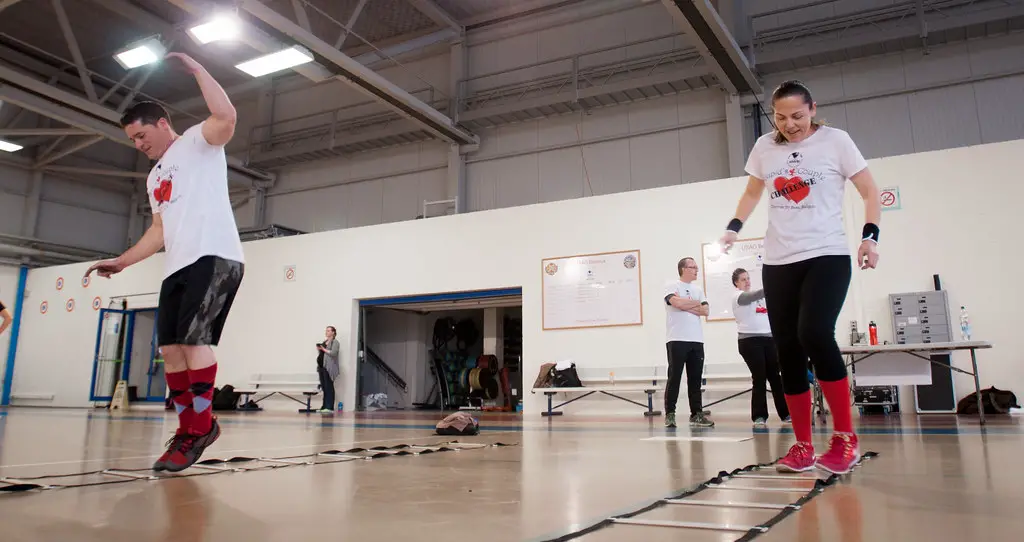
In order to become the best soccer player you can be, you want to be able to move fast. But there’s much more to this than just being able to simply outrun your opposition.
For one, it’s not just pure speed that is useful, but also being able to change your pace at key moments. And you aren’t always bursting down the sideline in open space, so you need to be able to utilize your speed in more confined areas as well.
This brings us to the difference between some key terms relating to your speed: speed, quickness and agility, the latter of which we will focus on in this article.
Agility vs. Speed and Quickness in Soccer
Speed and quickness may sound similar, but they contain important distinctions.
Speed is the pace that you move in a particular direction, but quickness is the pace with which you can react and change your body position. Agility, then, is the ability to change both your speed and direction.
These all are crucial for success in game situations on the soccer field, but agility is one that you can improve with conscious effort.
It also may have more wide ranging benefits than you would assume.
How Does Better Agility Improve Your Soccer Play?
Improving your agility strengthens your fast-twitch muscle fibers, which are important for quickness and speed.
And the muscles that you work with agility training are often ignored in standard weight training, so working on your agility can help you avoid injuries.
In addition to this, many agility training exercises can also work a multitude of other muscle groups in your legs, back and core, helping you to get a full body workout at the same time.
Finally, better agility help with your balance, which can be crucial when you’re battling for the ball
Training Exercises to Work on Your Agility
There are lots of simple exercises you can do to improve your agility and most of them will involve jumping. These include simple things like tuck jumps where you bend your knees and jump up straight, bringing your knees to your chest and quickly grab your knees as the height of the leap.
You can also do split lunge jumps, where you start with your feet together, take a step back with one foot (about 2 feet), bend your knees, and jump straight up. As you land again, go back into your lunge position and then quickly follow it up with another jump.
As you can see, there are some good drills you can do without any equipment, but it can help to use some basic equipment. This may include something like cones, or a box so you can work on box jumping drills,
However, by far the best way to work on your agility in our opinion is to use an agility ladder.
With a ladder, you can do a variety of patterns through the various rungs from the simple, like one step in each rung alternating feet, to a more complex exercise like jumping jacks where you jump with both feet inside the ladder followed by each foot outside and back in again.
A particularly good drill for agility is the side step where you face sideways and run laterally with two feet in each rung, then switching sides.
Read our article on the best agility ladder exercises to get more specific ideas on these and others.
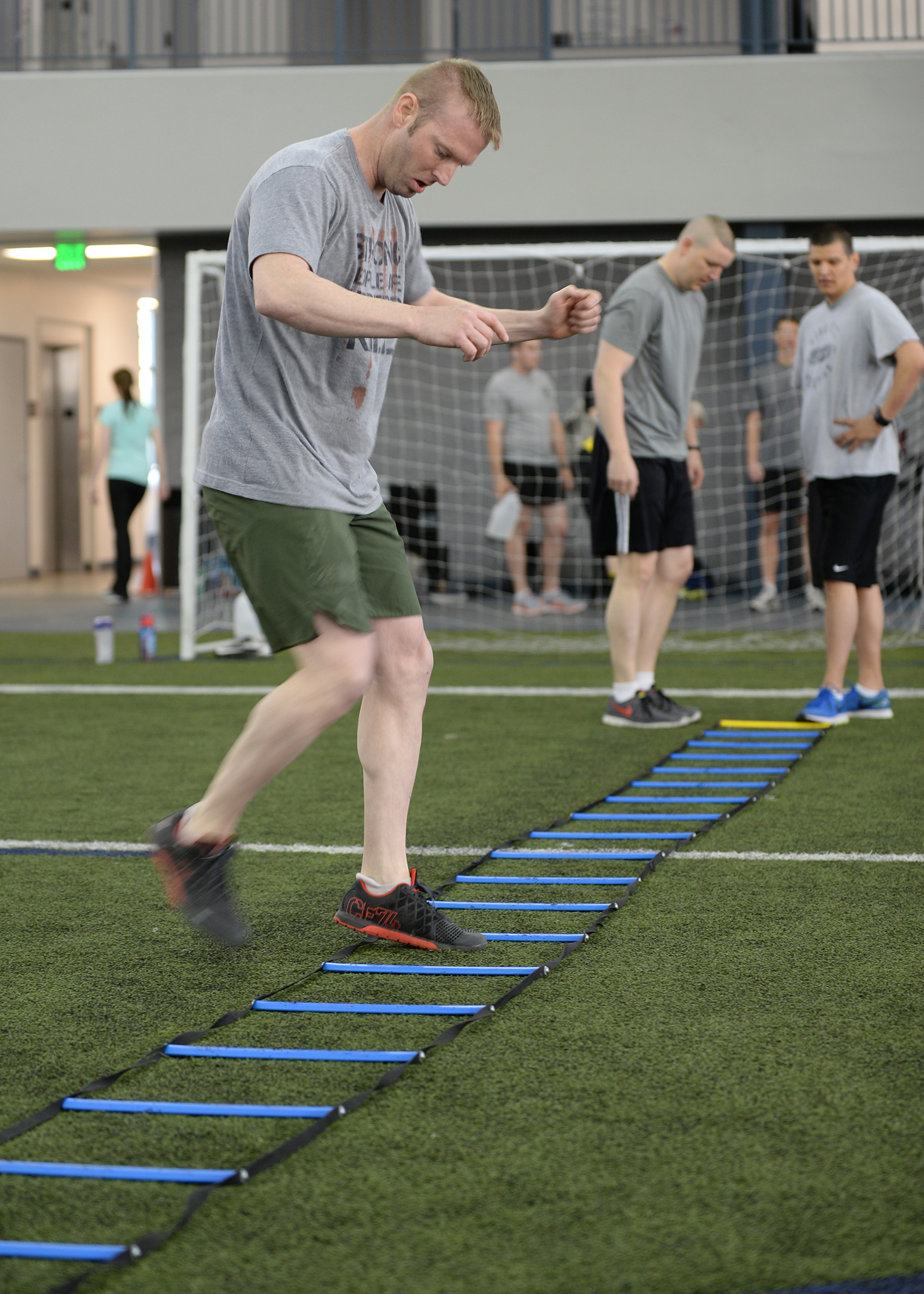
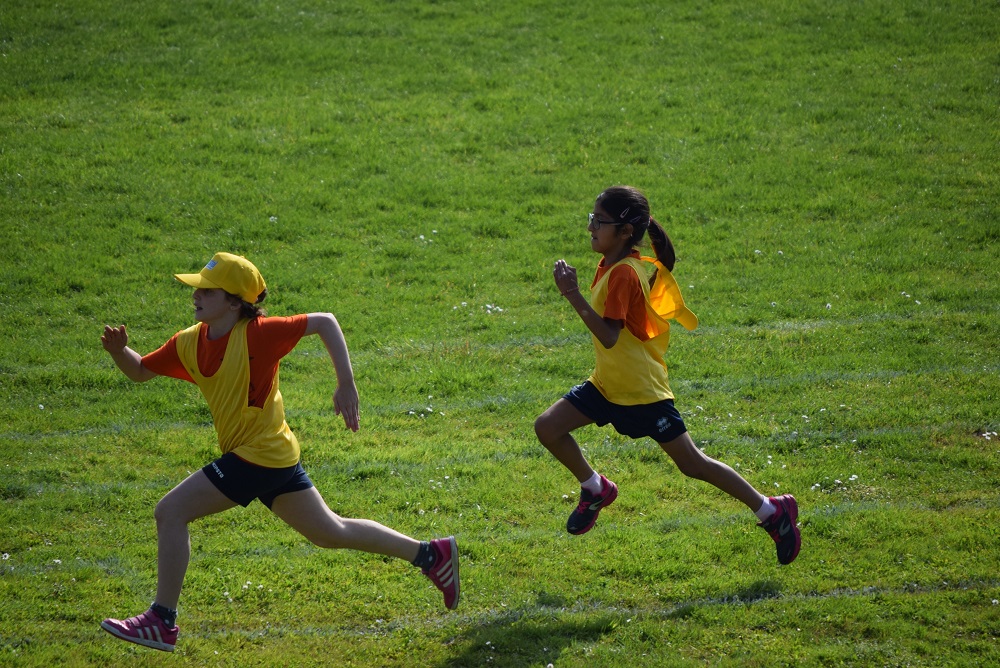

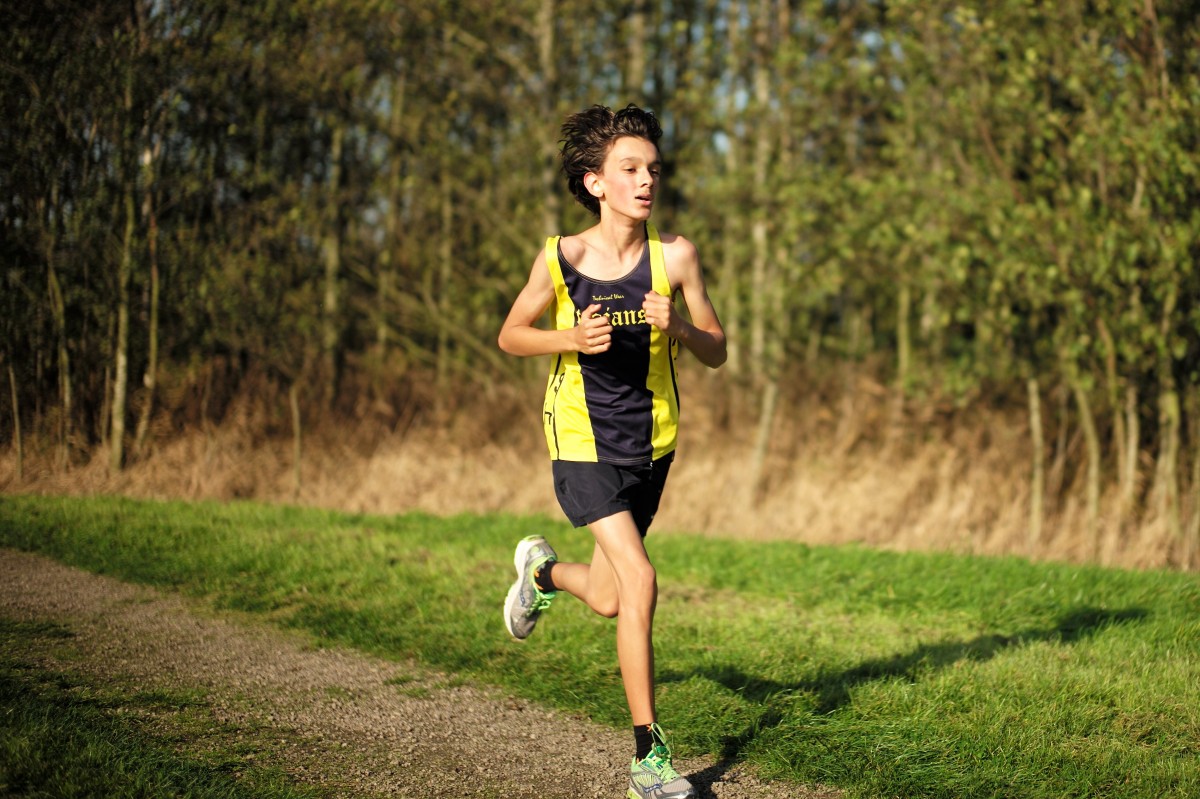
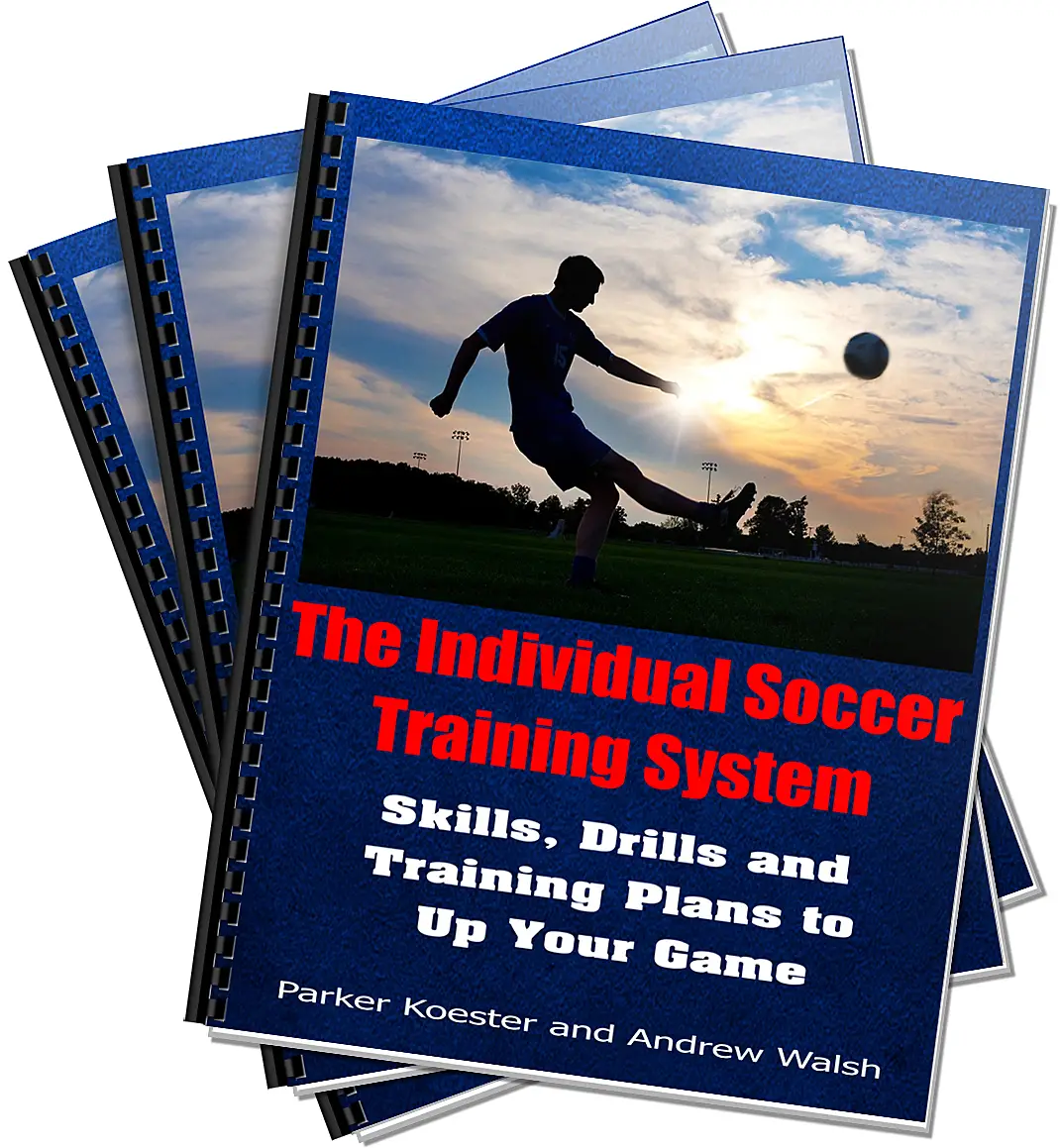

Leave a Reply